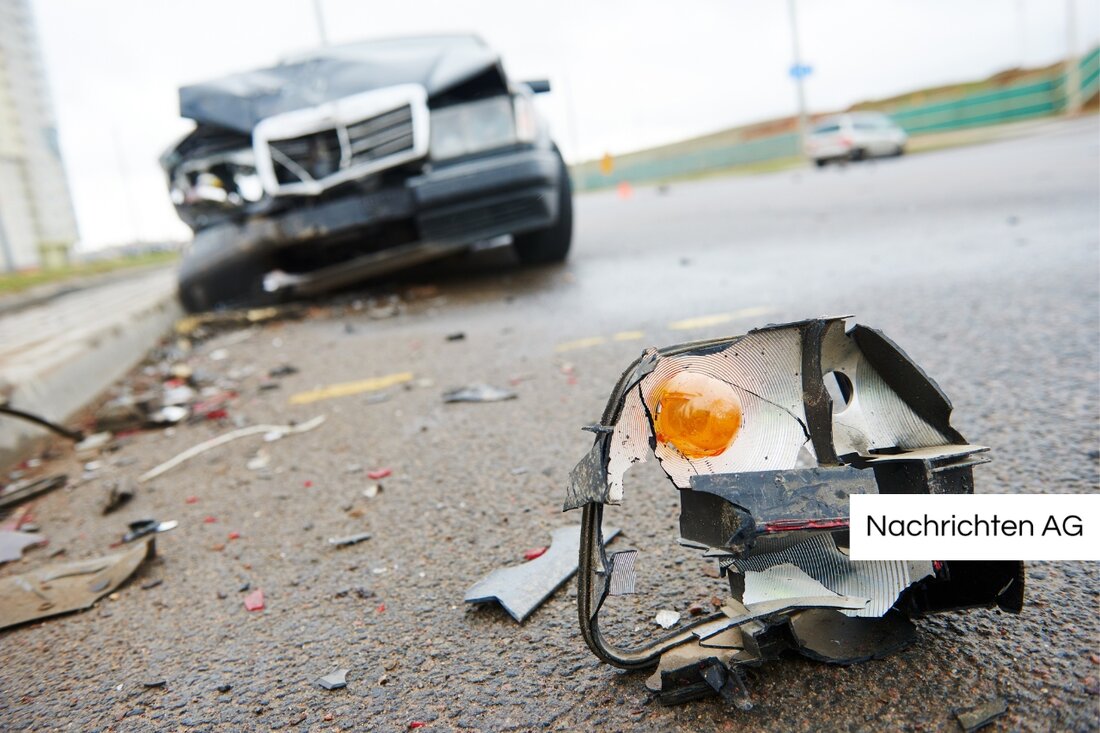Insurance fraud in road traffic: How to react correctly!
Insurance fraud in Bremen: Police uncover provoked and fictitious accidents, 10% of all cases are considered suspicious.

Insurance fraud in road traffic: How to react correctly!
Recently there have been increasing reports of fraudulent traffic accidents in which criminals attempt to profit from insurance claims. The police in Bremen have now uncovered a case in which a man is said to have provoked accidents at least 16 times in order to make money. How buten and within According to reports, around 10% of all reported damage cases are suspicious, which raises alarm bells.
But how exactly do these stitches work? The police differentiate between provoked and fictitious accidents. In the event of a provoked accident, the perpetrator cleverly exploits driving errors or unclear traffic situations, for example by braking abruptly in front of another vehicle. In most cases, the rear-ending driver is held responsible for the damage. On the other hand, fictitious accidents are often extremely perfidious. Here, intentionally damaged vehicles are involved in fraud scenarios in order to collect large amounts of damage. Typical examples are fictitious rear-end collisions or fabricated right-of-way violations.
The different forms of fraud
These scams are diverse. According to an analysis by the GDV (Association of the German Insurance Industry), one in ten traffic accidents is fake. Fraudulent individuals, but also organized gangs, try to make false statements and thus obtain unlawful funds. There are different types of such manipulated traffic accidents: from the staged accident, which is staged with minimal damage, to the “Berlin model”, in which perpetrators flee with stolen vehicles and damaged cars.
What many people don't realize is that even the unsuspecting can get caught up in such scams. It happens that third parties are unintentionally drawn into one of these schemes. The police advise you to act immediately if you suspect a fake accident. Important measures include taking photos, noting the details of witnesses and informing your own insurance company and the police in a timely manner.
Modern methods of fraud prevention
The use of technology has dramatically changed the landscape of insurance fraud. Using Internet forums, fraudsters can fabricate information to formulate credible damage reports. Insurers are responding by developing software to detect indicators of fraud and deploying trained employees who can detect subtle anomalies that programs may miss. Image forensics also plays a crucial role: fraudsters often use image editing software to support their claims.
However, insurance companies not only have to be vigilant, they also have to comply with legally binding requirements. Policyholders are required to provide detailed and truthful damage reports. Suspicions such as illogicality in the description of the damage or discrepancies between the report and the actual damage can quickly lead to an investigation. Anyone who is involved in a fake accident should consult a traffic lawyer in good time to protect themselves legally.
The prevalence of such scams should concern us all. Attention and vigilance in traffic are required. Insurance companies and the police are called upon to counteract this trend and protect honest road users. The topic is complex and not only affects the local actors, but also has broad social relevance.

 Suche
Suche